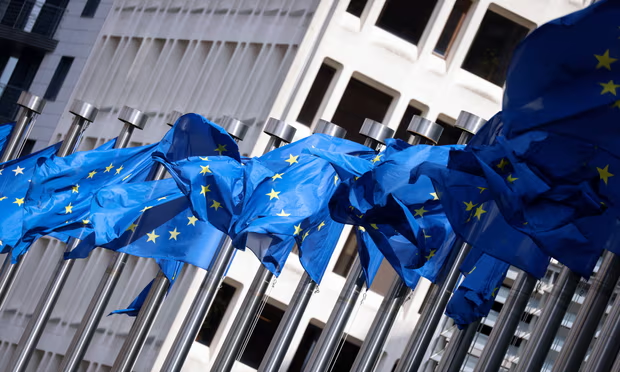The European Union (EU) has firmly dismissed one potential course of action: capitulating to pressure. This stance was emphatically reiterated by Ursula von der Leyen, President of the European Commission, who declared this week, “If it is necessary, we have a strong plan to retaliate and we will use it.” EU officials are optimistic about reaching a negotiated settlement, but their previous proposals to increase imports of US liquefied fossil gas—an initiative that has already seen traction since Russia’s invasion of Ukraine—have seemingly fallen on deaf ears in Washington.
This situation contrasts sharply with the approach taken by the United Kingdom, which is strategically maneuvering to lower the headline rate of its digital services tax in an effort to appease the Trump administration. However, mere rhetoric about retaliation is just the beginning. The pressing questions remain: What specific measures will the EU implement in response? How swiftly can these actions be organized? Moreover, will internal divisions among member states weaken their collective resolve?
Historically, the EU’s go-to response to US tariffs has been to impose levies on iconic American products. Following Trump’s announcement of tariffs on steel and aluminum last month, the EU indicated its intent to introduce retaliatory duties that could target up to €26 billion worth of US exports. This list includes well-known items such as American bourbon, Harley-Davidson motorcycles, and a diverse range of agricultural and industrial products.
Significantly, the EU has yet to respond to Trump’s impending tariffs on automobiles and car components, which are scheduled to take effect on April 3. In theory, the EU could enact additional tariffs in reaction to these measures, along with the latest set of proposed “liberation day” tariffs. However, EU officials are expected to tread carefully and seek to avoid imposing substantial duties on products that are critical for the bloc’s economic stability and supply chain integrity. This delicate balancing act illustrates the complexities of international trade relations and the potential ramifications of unilateral economic policies.







